DNA sculptures
Tuesday, December 23rd, 2008Last friday I attended a talk, which was organized by the munich center for nanoscience. The talk was given by Tim Liedl from the Shih Laboratory.
randformblog on math, physics, art, and design |
Last friday I attended a talk, which was organized by the munich center for nanoscience. The talk was given by Tim Liedl from the Shih Laboratory.
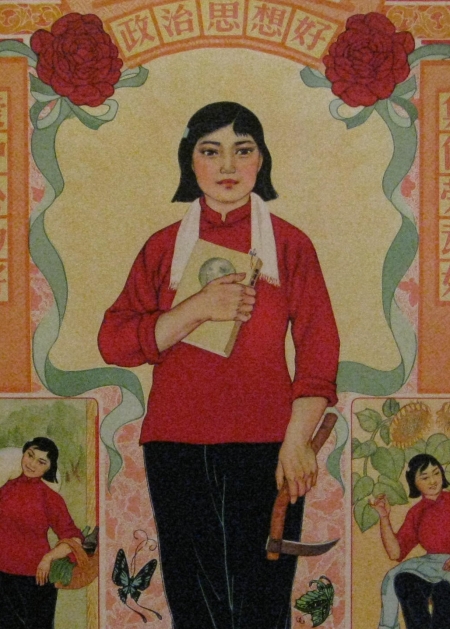
Some images from the recent exhibition at the Fukuoka Asian Art Museum “Visualising the bright future – Propaganda Pictures of New China” which displayed political posters from China. The posters were contrasted with some artwork of more recent artists (like Feng Mengbo, Xu Zhiwei and Ai Weiwei) which supplemented the permanent collection featuring e.g. Lin Tianmiao (please see below).
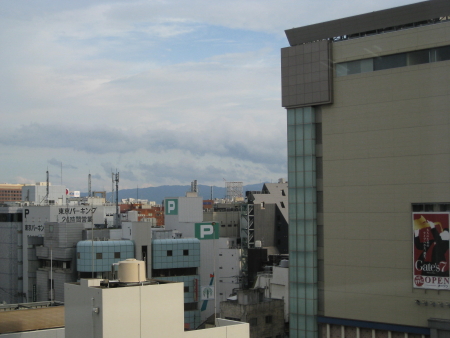
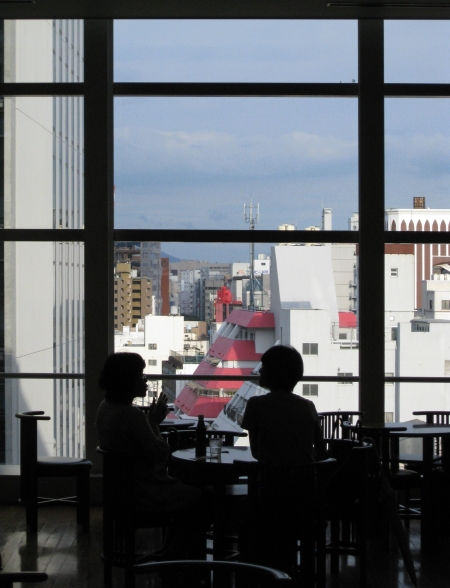
Of course the Fukuoka Asian Art Museum is not the Tate Modern (just already by its size), however as it is located on top of a big building it shares with the Tate Modern the property to have a coffee bar with big windows and magnificienz views.
Recently I had the problem to find an appropriate work place i.e. the math department and library are still in the entry lane of Fukuoka airport, the appartment was occupied and there is no silent cafe anywhere around here. Hence for working I decided to go to the Fukuoka Asian Art Museum – I knew that it is a rather tranquill place with this breathtaking sight on the dark Fukuoka mountains.
However last time the cafe was -due to vacation time- full with kids laughter and their whirling around, so that I actually didnt get much work done, or in other words instead of focusing on math I was rather procastinating and staring out of the windows or at what was happening around me.
Not very efficent. I know. Maybe I am a bit hypersensitive to noise and disturbances.
Other people may have other (and probably more efficent) ways to procastinate.
E.g. Scott Aaronson of the blog Shtetl-optimized had recently -as his way to procastriate- created a scatterplot, which he calls “The Pareto curve of freedom”.
Due to a recent conference in the north of Japan I passed the airport of Aomori. It looked to me very much like 60/70/80-ties east german architecture.
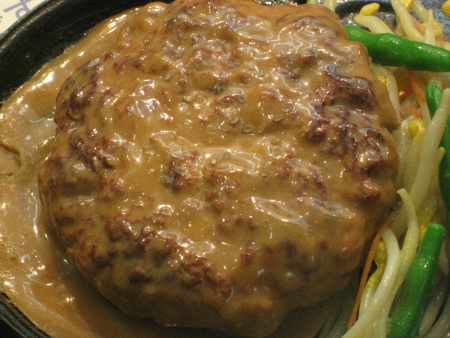
In a link in this randform post about food among others the issue of obesity versus hunger was mentioned.
I am not so sure wether this comparision was really helpful in this context. As a matter of fact in western countries it is often the poor who have obesity problems. First a diet which is high on carbonhydrates, fat and sugar is often simply cheaper than a high quality fresh (organic) vegetable/low fat diet. Secondly even if you could replace a bad fat meal with simple and low cost but good ingrediences, this often requires a certain degree of diet education and awareness. In particular everybody who finally managed successfully to get rid of the extra load due to excessive heavy calories should be dearned cautious to put on new ones. But this is usually a long and not so easy learning process.
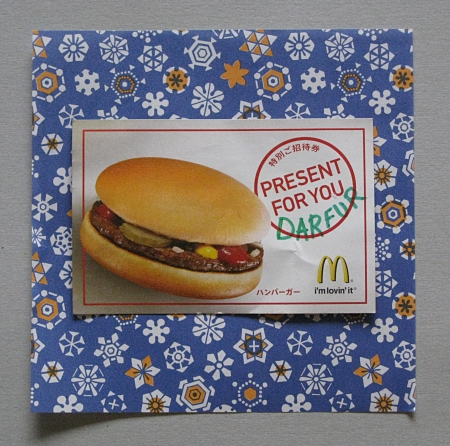
And as it seems for example in the US it is rather that people are lured into an unhealthy food consumption. It is especially the children, which are defenselessly exposed to subtle marketing methods.
According to a study Food and beverage companies spent $1.62 billion to market their products to children in 2006. The FTC study was requested by Congress in response to growing concern about childhood obesity in the United States. The study, did not look directly at the possible link between food and beverage advertising to kids and childhood obesity, but to assume that such a link exists is definitely not too far fetched, a more detailled distinction between advertisements for healthy nutrition versus fast food/soft drinks etc. will give more information.
Over here in Japan the advertisement of food in restaurants is especially interesting to observe. Restaurant/food stands meals are usually modelled in plastic, which looks like Fimo (please see images). This food modeling seems to be a kind of art form, may be similar to food fotography (which uses also often plastic). For me the meals look rather like some futuristc nano food, however given the sucess of this kind of advertisement it is obvious that people feel attracted to this plastic food simulation. Interesting question, why? Because this kind of food cant rott and smell badly?. Because colors and shininess are exagerated and thus better perceptible as a kind of 3D symbol?
after “read the rest of this entry” you can find an artwork by Franziska Assisi (Bosnia) called: “Fimo naschen mit nichtlichtartigem Beschleuni-GEAR”
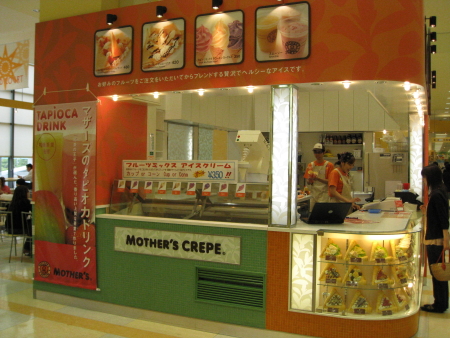
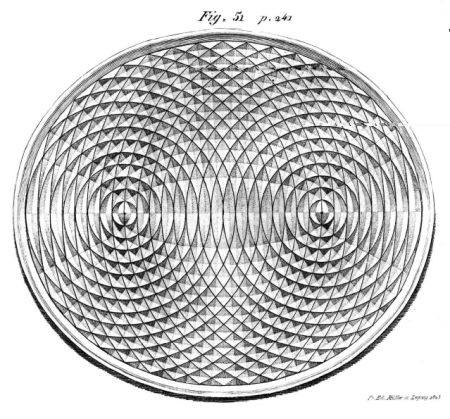
The above scientific visualization (which displays the wave pattern of a little droplet dropped into mercury in one focus of the ellipse) can be found in a book by Wilhelm Weber and his brothers Ernst Heinrich Weber. It can be found in principle on p.582 in the html version or on p. 619 of the pdf version at a google books scan of the book: “Wellenlehre auf Experimente gegründet, oder, über die Wellen tropfbarer Flüssigkeiten mit Anwendungen auf die Schall und Lichtwellen” (The theory of waves based on experiments or about waves of drippable liquids with applications to sound and lightwaves). The book is from 1825. Unfortunately the google scan has not such a nice quality as e.g. a scan of galileos works mentioned in this randform post. In particular in the google scan one can’t read that the drawing was made by:

Is Fr. Ed. Mueller the secret pioneer of Op Art?
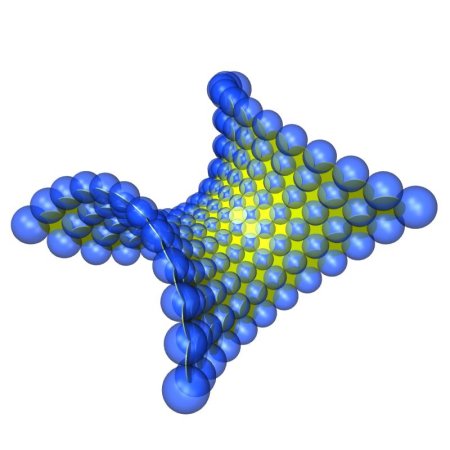
s-isothermic enneper surface by Tim Hoffmann
According to the blog tesselion (via boing boing) which is a blog about the project tesselion (Project Collaboration: Marc Fornes (www.theverymany.net), Adrienne Yancone (www.diecreative.com)) :
Recently the development of planar quadrilateral meshes have become a strong interest in the architectural community due to their potential ease for constructing complex surfaces. A race has begun to develop a system of flat panelization of free form surfaces which would enable large scale, efficient and economic, construction from flat sheet material.
I didnt know that there was an architectural race going on!
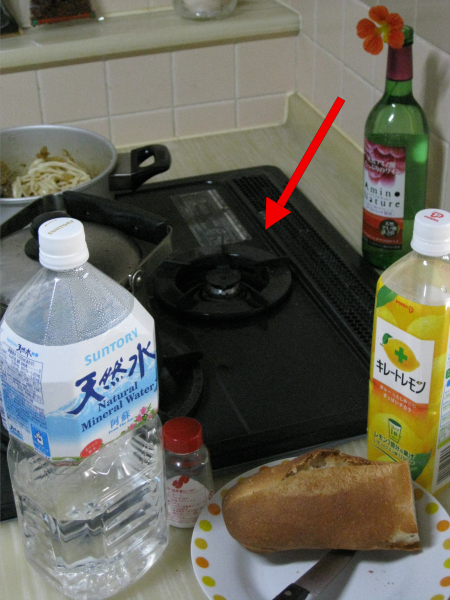
High quality and well designed things are nice. Since these are usually more expensive (but not always!) it is good to know how to deal with bad design and how to live with it.
The previous sentence was meant as a kind of excuse, since I am feeling already bad that I criticise again a design over here (and Japan has actually a high culture of design!), however I feel these things have to be spoken out at one point.